Wide rolling eyes, chaotic, obnoxious behavior and compulsively seeking his next fix.
Cookie Monster had issues.
His relentless pursuit for all things cookie shaped, saw him bust through brick walls whilst his friends looked on, powerless to stop him.
Loss of control, risky behavior, and an indifference to those around him:
Textbook addict behavior.
It may not have been class As but like so many stars of the big screen, Cookie Monster showed signs of being a substance abuser. His drug of choice - baked treats.
Luckily nowadays he seems to be in a better place.
Was it a stint in rehab, or the introduction of a more balanced diet? Whatever it was, in 2012 he made an appearance at the 2012 TEDMED conference (1), where he spoke at length with ultramarathon runner Scott Jurek about the benefits of eating fruit and vegetables.
He's on the road to recovery.
But we had reason to be concerned, because with studies floating around about Oreos being more addictive than cocaine. It could've been a whole different story.
Is sugar addiction a thing?
Why aren't we busting through bricks to get to broccoli? We'll look at the science. See what sugar does to our brains. The reality of addiction. And how we can break that viciously sweet cycle.
Key Takeaways
- Highly processed, sugar rich foods can activate the brain’s reward circuitry in ways that resemble addictive drugs, which helps explain intense cravings and loss of control.
- Chronic high sugar intake is linked with energy crashes, mood swings, inflammation and longer term risks for metabolic and cognitive problems.
- Breaking the sugar cycle involves reshaping your environment, prioritizing whole foods and using strategies that stabilize blood sugar and brain chemistry.
- Supporting brain health with targeted nutrients and lifestyle habits can make it easier to manage cravings and protect cognitive performance over time.
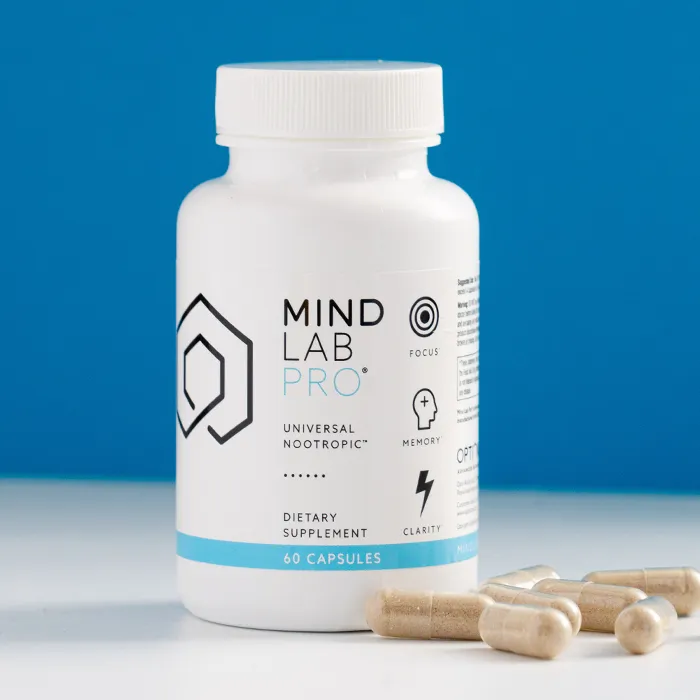
Is sugar as addictive as cocaine?
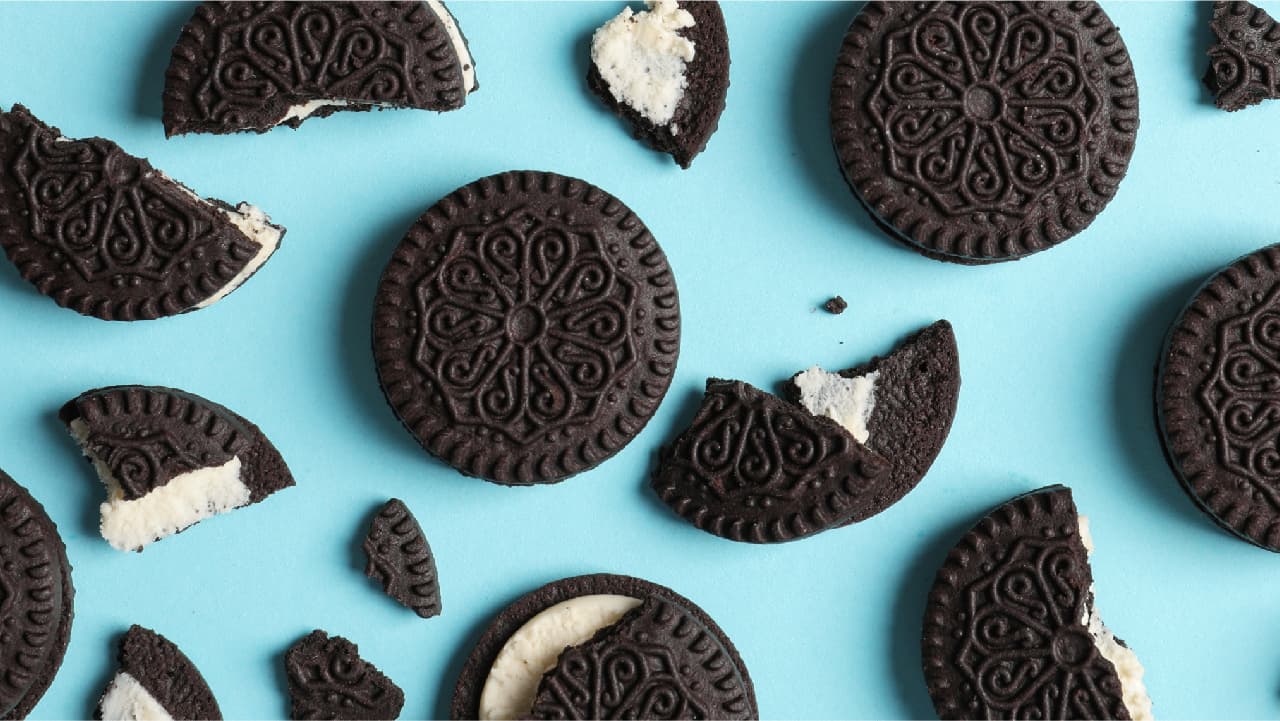
In 2013, a study (2) by Connecticut College compared the brains of rats being fed Oreos, to those being fed rice cakes. It claimed that Oreos, and high-fat/high-sugar foods stimulate the brain in the same way that drugs do.
To prove this point, they used a standard conditioned place-preference test. Hungry rats were fed Oreos on one side of a maze, or rice cakes on the other. The rats were then given the option of spending time on either side of the maze.
Hmmm, cookies or rice cakes?
Unsurprisingly, they preferred the Oreos.
The researchers then compared the results of the Oreo test with results from a similar maze based test (3). Except those rats were given the choice between a shot of saline, or an injection of cocaine or morphine. Those rats kept returning to the side where they'd scored.
These tests showed that rats like Oreos. And rats like cocaine.
But if you had to choose one...cookies or crack?
They decided which vice was worse by measuring the amount of chemical activity in the reward region of the brain, for each study.
And it was here they reported that Oreos activated more neurons in the brain's pleasure center than cocaine or morphine. But here's the gray area - because they never directly compared the amount of activity in the same rats after receiving either drugs, or Oreos.
That said, a recent analysis published in the British Medical Journal (4) suggests that some foods could "meet the criteria for diagnosis of substance use disorder". And that foods high in refined carbohydrates and added fats are highly rewarding, and if consumed compulsively "may be addictive".
Was Cookie Monster flying high the whole time?
What does sugar do to our brains?

Foods are being manufactured to become irresistible to us. But what is it about sugar? What happens in our brains to keep us coming back for more?
The dependency cycle.
Back when we were hunter gatherers, sugar and fat would've been a scarce but vital source of energy. So our brains have been hardwired to find these foods rewarding. Eating sugar leads to the activation of the brain's reward center, specifically the mesolimbic dopamine system.
There's a misconception that dopamine is the 'pleasure' neurotransmitter. But it doesn't actually increase pleasure, it encourages us to repeat behaviors that help us survive.
Foods rich in fat and sugar can increase dopamine (5) by up to 200%. Which is on a par with nicotine and alcohol. Both of which are pretty addictive.
Why do we crave sugar and not vegetables?

When we eat sugar, the taste receptors on our tongues are activated. This sends signals to the cerebral cortex, the area of the brain responsible for processing different tastes. From there, the activation extends to the brain's reward system. This involves a network of electrical and chemical pathways across several brain regions, notably the nucleus accumbens.
During sugar consumption, if observed through an fMRI scan, this brain area would show heightened activity. Lighting up like a disco ball. And it's not just food that activates this reward system, it also responds to other pleasurable activities like socializing, sex, drugs, and alcohol.
It's the Studio 54 of your brain.
Dopamine is released which encourages us to repeat the behavior.
Sugary foods, with their high glycemic index, cause rapid spikes and subsequent drops in blood sugar levels. Which can create a cycle of craving. Vegetables, in contrast, have a lower glycemic index and provide a steadier supply of glucose to the brain. They can't compete with the glittering lights.
Mood and sugar

The health of our gut, and the microbes within it plays a major role in how we feel.
Simple sugars are absorbed quickly in the proximal gastrointestinal tract. This can lead to a situation where microbes in the distal gastrointestinal tract have less food, causing some microbes in the colon to seek alternative sources, potentially resulting in colon inflammation and unfavorable changes in gut microbe composition.
High sugar intake may also lead to a reduction in essential nutrients like complex carbohydrates and fiber, which support beneficial gut microbes. A diet low in these nutrients can decrease the population of these microbes further disrupting the balance of the microbiome.
Many neurotransmitters, such as serotonin (which plays a key role in mood regulation), are produced in the gut. An imbalance in the gut microbiota can affect the production and function of these neurotransmitters, potentially impacting mood.
Have you ever craved chocolate when feeling low?
When stressed, our body enters fight or flight mode. Which triggers the release of stress hormones like cortisol and adrenaline.
Cortisol has your best interests at heart. But it's stuck in the past.
In cortisol's day, this fight of flight mode meant danger. So it raises blood glucose levels for immediate energy and suppresses non-essential functions like immunity. This spike in blood sugar, combined with cortisol's role in enhancing brain glucose utilization, leads to a sudden energy demand. As a result, we often crave more sugary foods.
How to break the cycle
The brain operates on a delicate balance of excitatory and inhibitory signals. When you experience a craving, excitatory neurons may be activated. The inhibitory neurons counteract this by suppressing these signals, helping us resist the urge to indulge.
AKA Team Sensible.
So whilst it's all about to kick off in the brain's pleasure center, these inhibitory neurons are straightening their ties and putting on the brakes. Essentially curbing any responses or behaviors that are inappropriate or non-beneficial to us.
This is the team we need to fuel.
What do our brains want us to eat?
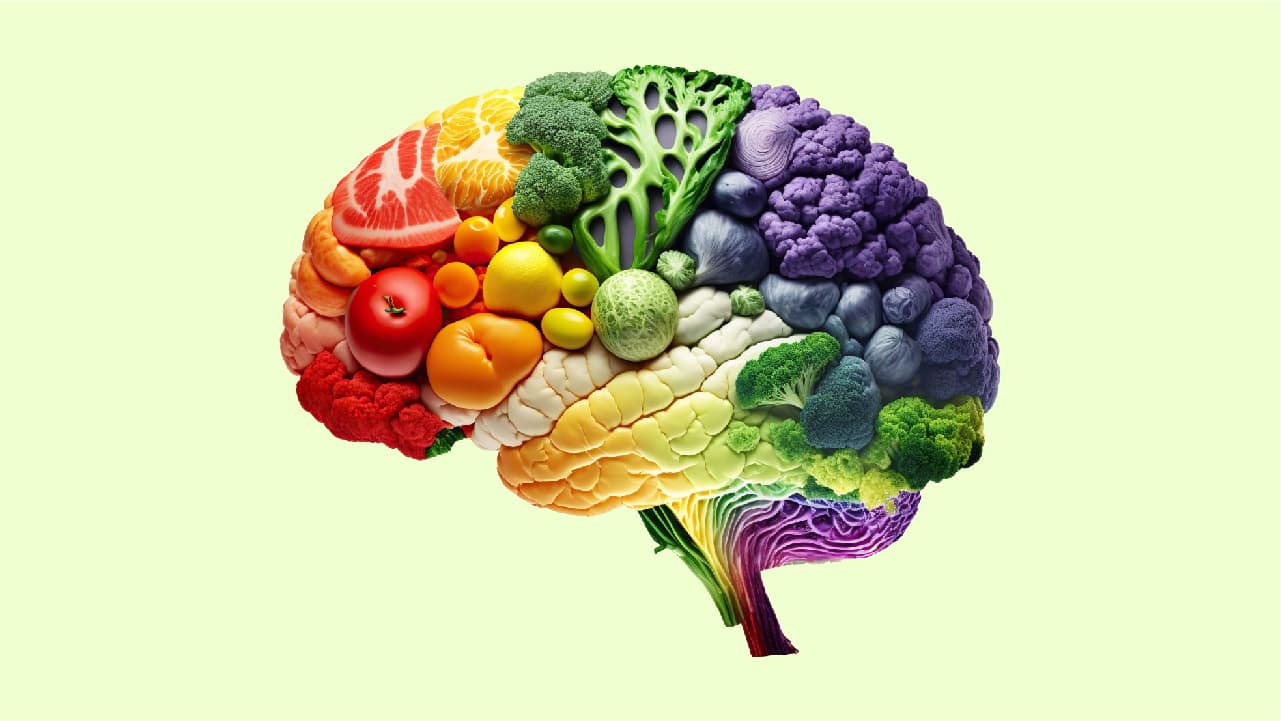
Our brains are dependent on sugar. Glucose is its primary energy source. However, the source of this glucose is key. Complex carbs are crucial for the brain's optimal functioning. This type of carb provides a more steady and sustained energy release. They take longer to break down, so those rapid spikes and crashes in blood sugar levels are avoided.
Reassuringly, a 2017 study (6) found that memory damage caused by sugar consumption can be reversed. But it all comes down to what we eat.
Key sources of complex carbs include foods like oats, brown rice, quinoa, barley, beans, lentils, and a variety of fruits and vegetables. Incorporating these into your diet can help regulate blood sugar levels, reducing the intense cravings for sugary foods.
Breaking the cycle means gradually reducing the intake of simple sugars and replacing them with complex carbohydrates. In addition to complex carbs, the following nutrients have benefits when it comes to our brains:
Omega-3 fatty acids
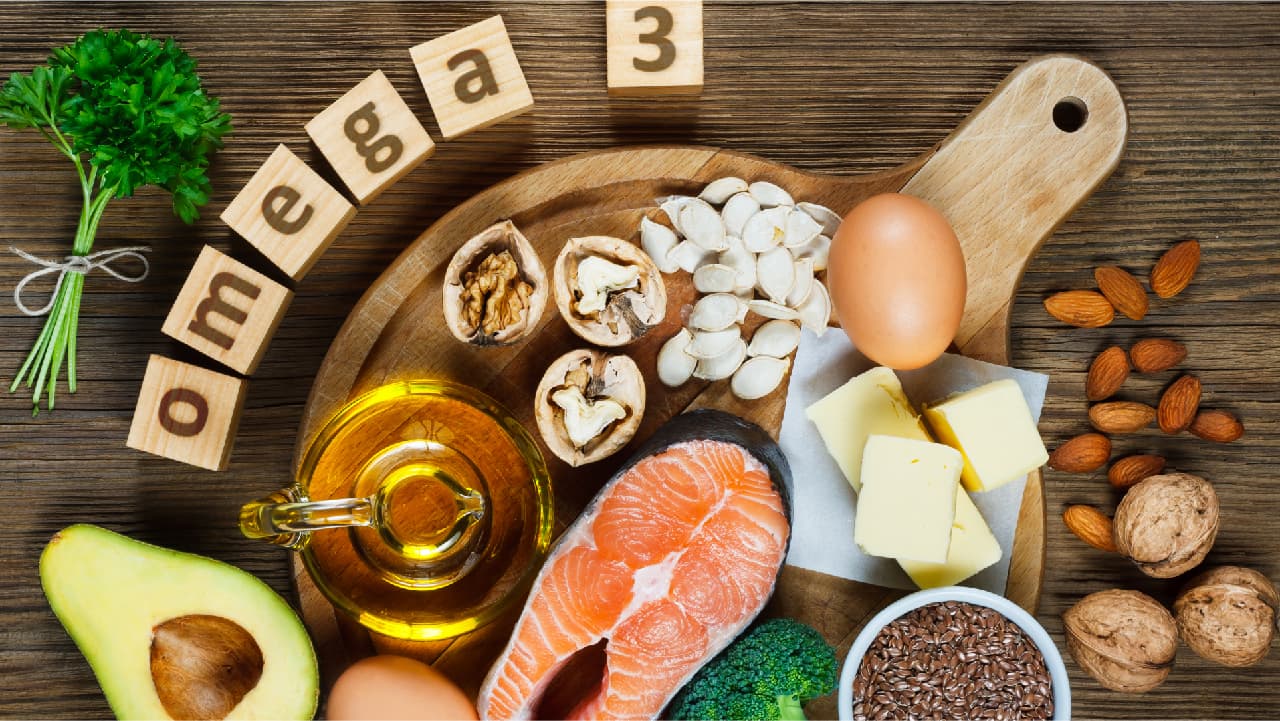
Omega-3s, particularly EPA and DHA, are known for their anti-inflammatory properties and play a vital role in maintaining the structure and function of brain cells. Rich sources of Omega-3s (7) include fatty fish like salmon, mackerel, and sardines, as well as flaxseeds, chia seeds, and walnuts. Studies have shown that regular consumption of Omega-3s (8) can improve mood, enhance memory, and reduce the risk of cognitive decline.
Magnesium

This mineral is vital for brain function. Magnesium helps regulate neurotransmitters, which send signals throughout the brain and nervous system. It's also involved in energy production and can help protect the brain against stress and aging. Good sources of magnesium include spinach, cashew nuts, pumpkin seeds, whole grains, and bananas. Research has linked adequate magnesium intake to improved brain plasticity (8), which is crucial for learning and memory.
B vitamins
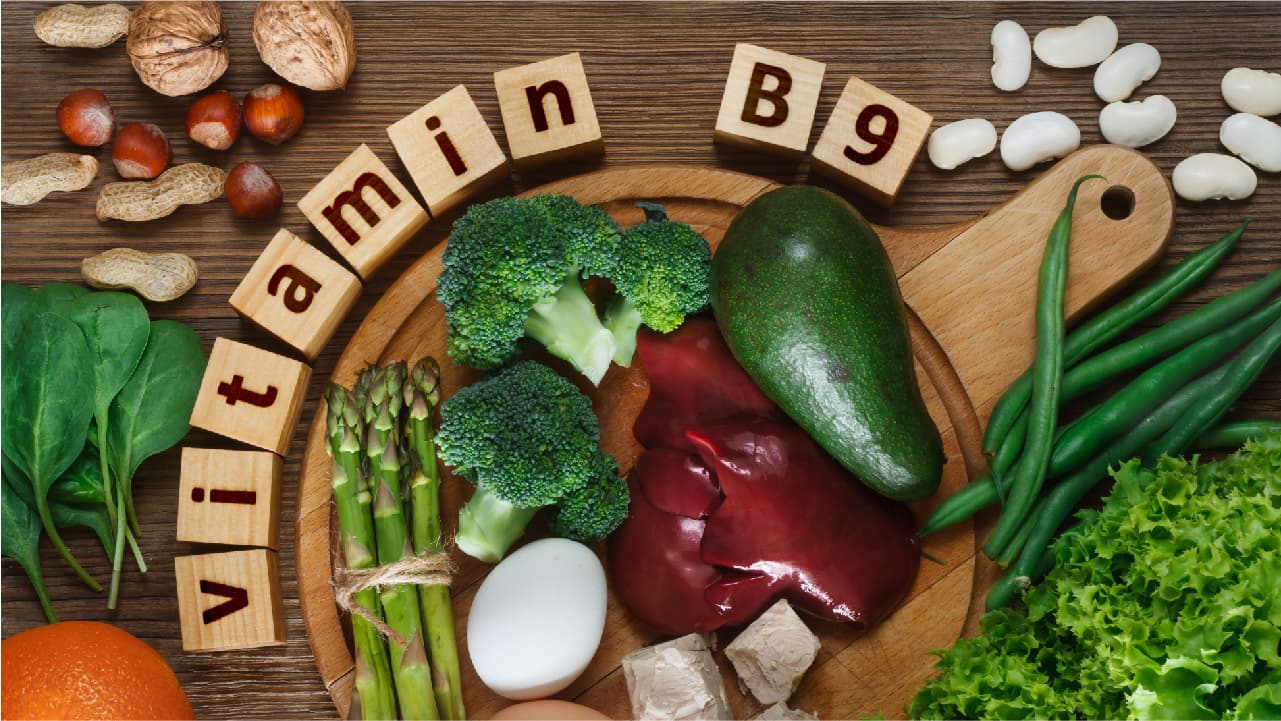
Particularly B6, B9 (folate), and B12, are essential for brain health. They help reduce homocysteine levels in the blood, high levels of which are associated with cognitive decline and dementia. B vitamins also play a role in producing energy and synthesizing brain chemicals that affect mood and other brain functions. Foods rich in B vitamins include lean meat, eggs, dairy products, leafy greens, beans, and whole grains.
Vitamin D

Often overlooked, vitamin D is crucial for brain health. It helps regulate nerve growth, and studies (9) have shown that low levels of vitamin D can be linked to a higher risk of developing neurological disorders. The best source of vitamin D is sunlight, but it can also be found in fatty fish, fortified foods, and supplements.
Antioxidants
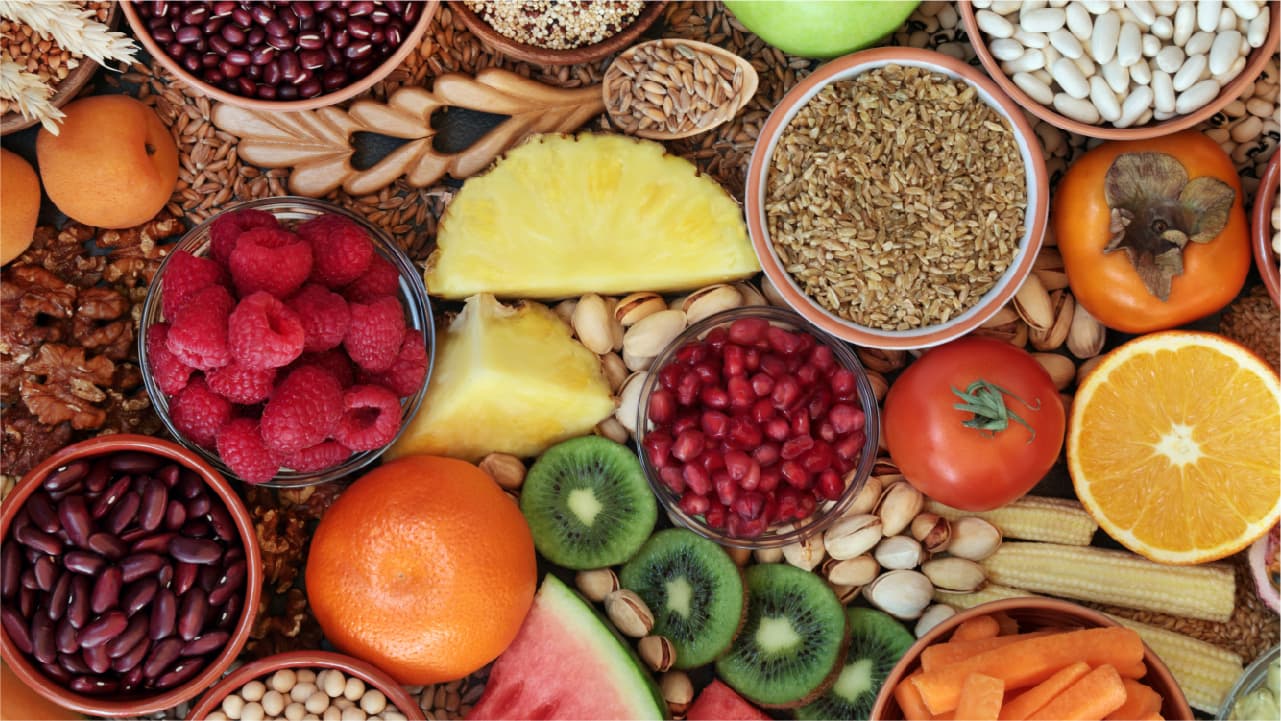
Vitamins C and E are powerful antioxidants that help protect the brain from oxidative stress, which can lead to cognitive decline. Berries, citrus fruits, nuts, seeds, and green vegetables are great sources of these antioxidants.
Along with making changes to our diet, incorporating changes in our daily lives can help hack our cravings.
5 steps to overcome cravings.
1. Eat fiber first.
When you eat foods high in fiber, the digestion and absorption of carbohydrates is slowed down. This means that glucose from your food enters your bloodstream more gradually, preventing rapid spikes in blood sugar levels.
2. Have a veggie starter with a drizzle of vinegar.
Jessie Inchauspé, a biochemist who studies the effect of food on health, advocates for the addition of vinegar, "It can curb a glucose spike from a subsequent meal by up to 30%, because the acetic acid in the vinegar slows the breakdown of starches into glucose."
3. Get more sleep.
Adequate sleep is crucial in regulating hormones that control hunger and cravings. Lack of sleep can disrupt the balance of ghrelin and leptin, hormones that signal hunger and fullness. When you're sleep-deprived, ghrelin levels increase while leptin decreases, leading to increased hunger and cravings, particularly for high-sugar and high-fat foods. Aim for 7-9 hours of quality sleep per night to help regulate these hormones and reduce cravings.
4. Make more meals from scratch.
Ready-made meals and pre-made sauces often hide a surprisingly high content of sugars. They're not always obvious as they can be listed under various names such as corn syrup, dextrose, or fructose. They're frequently added to enhance flavor, even in products that don't taste sweet, like bread, pasta sauces, and salad dressings.
Prepping meals from scratch gives you complete control over the ingredients and can significantly reduce your intake of added sugars and processed foods. Home-cooked meals tend to be more nutritious and less calorie-dense than processed foods.
5. If you're hungry, have healthy options ready.
Planning and having healthy snacks and meals readily available is key to avoiding impulsive choices. When you're hungry - between meetings, on the move, or just in need of a quick energy boost. We're often at the mercy of whatever is in the cupboard or on the coffee shop shelf. To get in front of this, keep healthy snacks like fruits, nuts, or yogurt.
Final thoughts
Have you ever found yourself still gripping the container long after the best chocolates have gone? Hating yourself for stooping as low as to even consider a strawberry cream? Don't worry. This doesn't make you an addict. But your glucose spikes have got you into some questionable choices.
It's true, the brain's rewards system and the circuits that control eating behavior are the same ones that respond to drugs. But sugar doesn't hijack those systems in the same way. This distinction is critical in understanding our relationship with sugar and its impact on our bodies.
And when the treats run out, you're probably not going to get the same withdrawal symptoms. But we should all be mindful of sugar spikes. Excessive consumption of sugary foods leads to rapid increases in blood sugar levels, followed by swift declines. A rollercoaster that not only fuels further cravings but can also have detrimental effects on our overall health.
As Cookie Monster himself tweeted:
"Me just eating healthy foods AND cookies. What wrong with dat?"
The key lies in balance and moderation.
References
- https://www.youtube.com/watch?v=T2XV-aak-6s
- https://www.sciencedaily.com/releases/2013/10/131015123341.htm
- https://journals.plos.org/plosone/article?id=10.1371/journal.pone.0000698
- https://www.bmj.com/content/383/bmj-2023-075354
- https://www.jneurosci.org/content/jneuro/22/11/4709.full.pdf
- https://www.sciencedirect.com/science/article/abs/pii/S0195666316309011?via%3Dihub
- https://www.ncbi.nlm.nih.gov/pmc/articles/PMC9641984/
- https://www.ncbi.nlm.nih.gov/pmc/articles/PMC4182554/
- https://pubmed.ncbi.nlm.nih.gov/36613531/#:~:text=Vitamin%20D%20may%20have%20multiple,development%20of%20many%20neurological%20diseases.
















